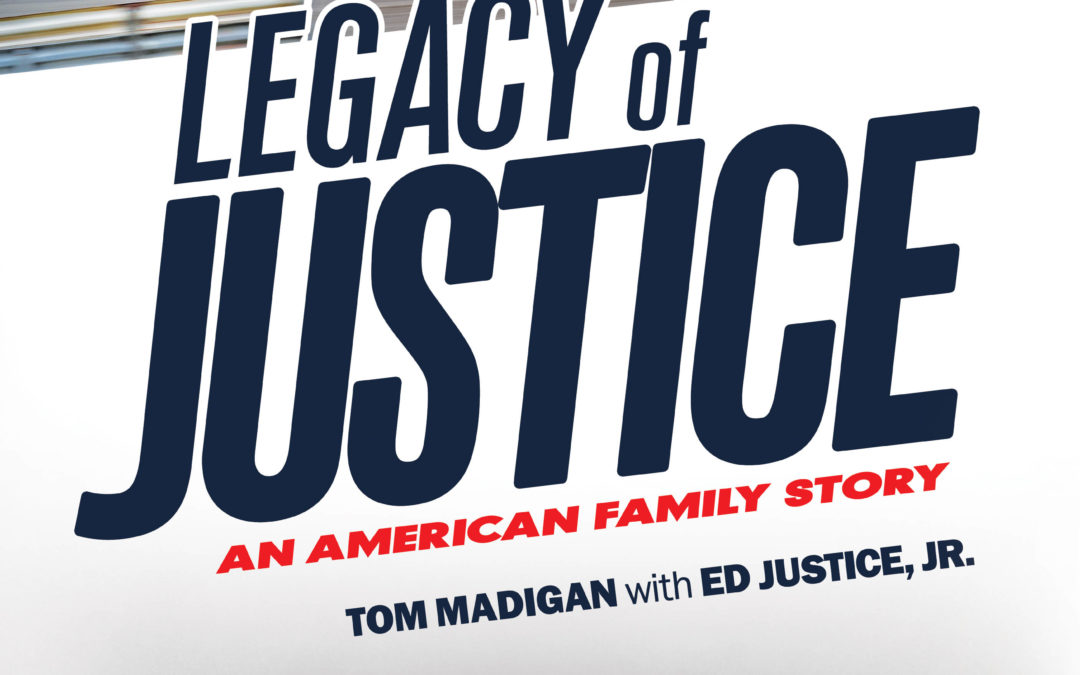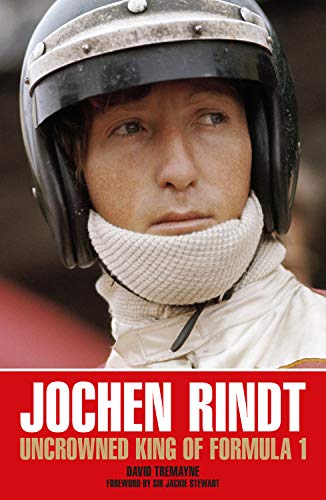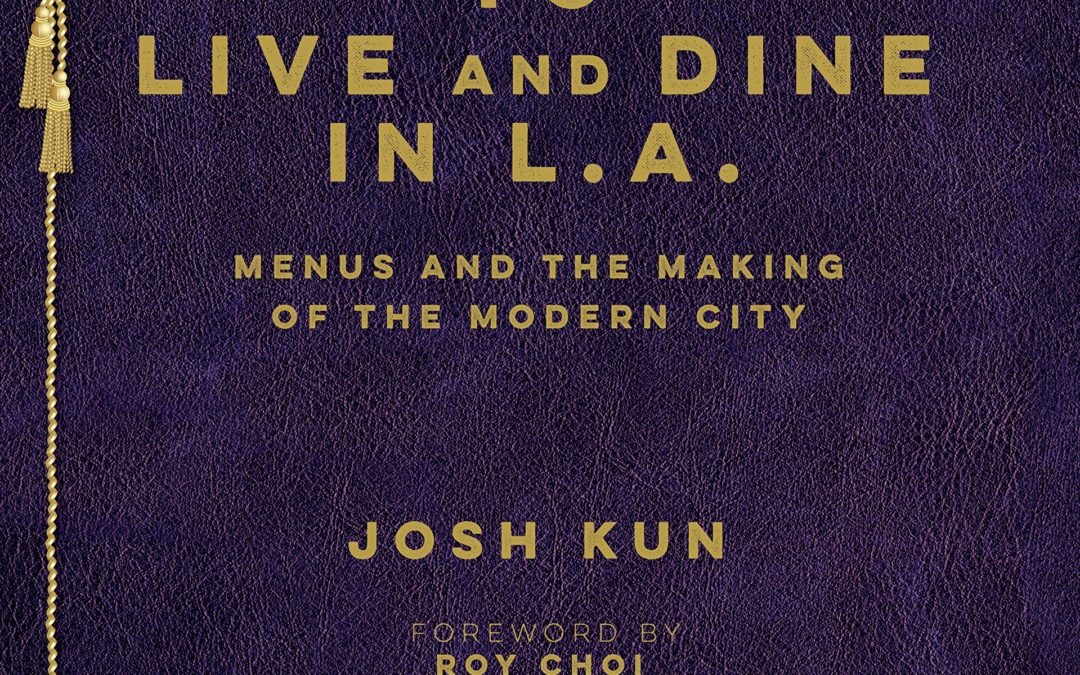
Legacy of Justice – An American Family Story
When the Justice brothers were growing up in rural Kansas, the automobile was in its infancy. There had only been just a few more than twenty Indianapolis 500’s. Formal stock car and drag racing did not exist and most of the roads across the United States were still dirt.
This book tells the story of the Justice family and their rise from the heartland of the United States to the racetracks of the world and in the process, they built an international lubricants company. Legacy of Justice/An American Family Story covers over 100 years of history during a time that has been called the “golden era” of racing. The racing story line is accompanied with the current affairs in the world at the time. Authors Tom Madigan and Ed Justice, Jr. spent over five years constructing the story using first-person interviews and information from the extensive Justice family archives. Through their research they uncovered many forgotten stories that are now recorded for future generations.
The reader is taken into the very beginnings of the legendary Kurtis-Kraft race shop, NASCAR stock car racing and more. Zeke Justice was the first employee at Kurtis-Kraft, with brother Ed joining the crew after his discharge from the 8th Airforce in World War II. The Justice Brothers were the first multi-car product sponsors in NASCAR, starting even before the formal organization of the sanctioning body.
The book covers the family’s participation in 73 of the 102 Indianapolis 500’s which includes a victory in the 1950 Indianapolis 500 with Frank Kurtis and Johnnie Parsons. Later that same year the family would claim victory in the first Southern 500 at Darlington Raceway with Johnny Mantz. This victory would make history as the first 500-mile NASCAR race, and as the first NASCAR race on pavement.
Accompanying the text is a full bibliography and index. The book is illustrated with over 540 color and black & white photographs. Many of the historic photographs have never been seen or published before. The book opens with a foreword by Dan Gurney and Parnelli Jones, who were both longtime Justice family friends.
Legacy of Justice/An American Family Story is a compelling look at the Justice family’s multi-generation involvement in the automotive and racing industries. The story at many points, fills in blanks in motorsports history. It is an inspiring American success story with more than its share of challenges. Interspersed with the narrative are interviews with numerous motorsports icons and historic figures. Some of these interviews have unfortunately turned out to be the last done by some of the individuals.
Hardcover, 9” by 12”, 496 pages
Over 540 photographs both color and black & white




